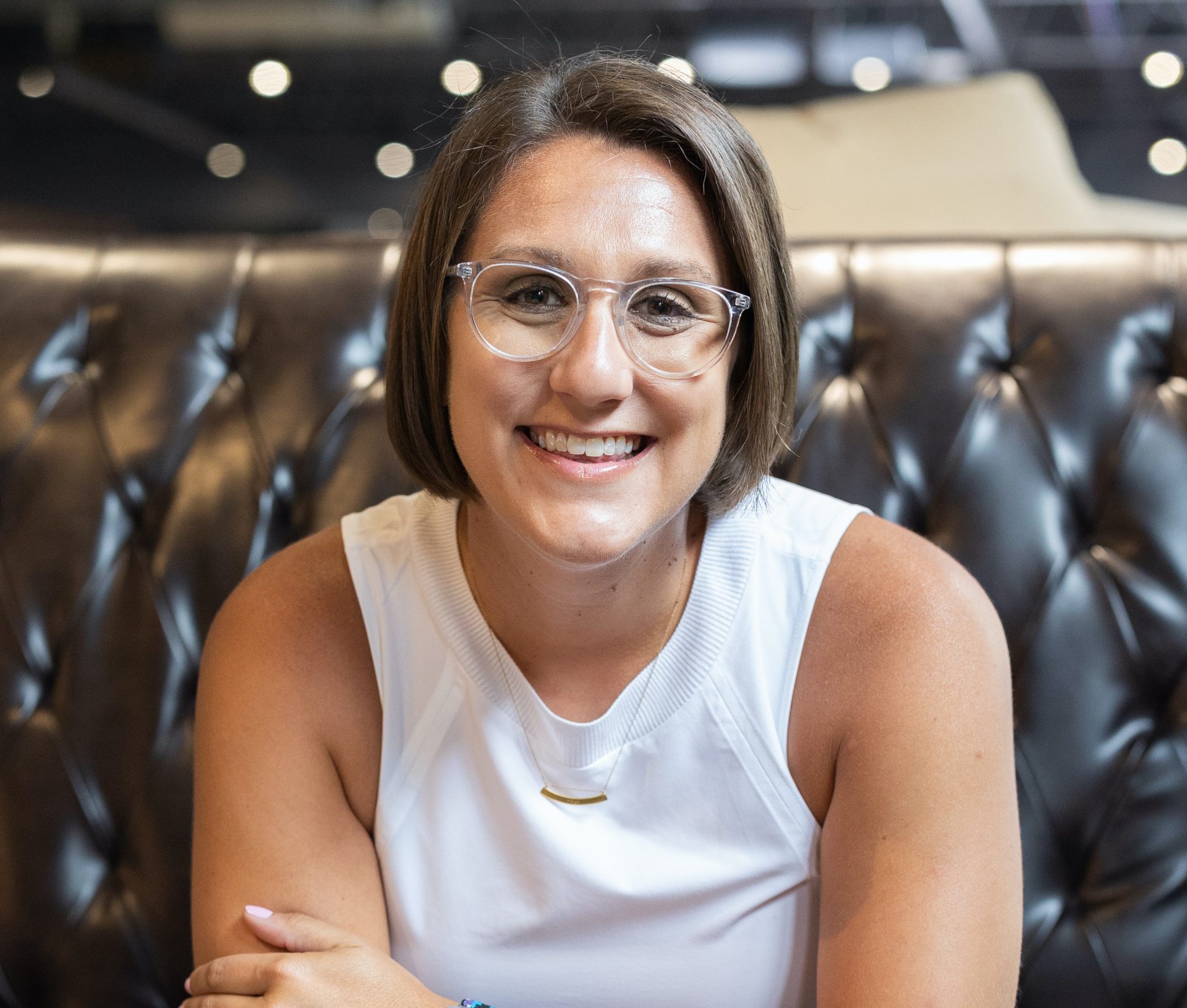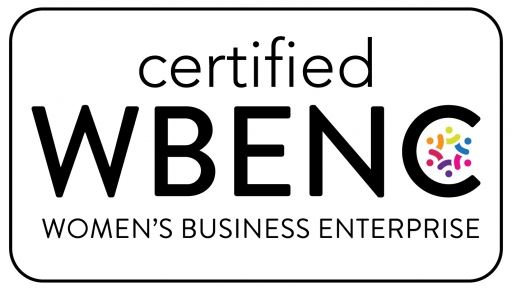Defining Culture
Workplace culture is hard to define. All over LinkedIn, hiring managers warn interviewees not to ask broad questions like “how is your workplace culture?” If the goal is to get an idea of a “day in the life” at that organization, your questions should be more specific. Ask the hiring manager to illustrate…
- How teammates communicate?
- How the company celebrates a win?
- How the company’s value come to life in the day-to-day activities?
In an attempt to better understand how culture works within our business, I spoke to several members of The Garage Group team to discuss the core pillars of their company culture, the differences between internal and external culture, and gathered some tips and tricks for presenting yourself (and your brand) to a new client.
Mary Allard is the Head of People & Culture at The Garage Group. She’s been in management and leadership roles at companies of all sizes for over 12 years. During her time at smaller companies (including her own), Mary found herself doing a little bit of everything. “It’s a lot of starting from scratch,” she explained. “I’ve been involved in building out every part of an HR system – from hiring and mediation to organizational design and culture initiatives.” Mary’s advice for developing culture is to meet human needs before all else. “You can learn a lot about your company culture if you know how well your team members are sleeping, eating, and hydrating. That’s where you have to start.”
At The Garage Group, Mary played an integral role in a recent cultural transformation. The Garage Group has always put an emphasis on acting with courage, which is a pillar of the company’s culture. The team is committed to rewarding courageous action. “Courage shows up in so many stages of our day-to-day work,” Mary explained. “There is something so magical about participating in and celebrating courageous acts at work and in our personal lives.” The team celebrates action in every form – It looks different for everyone.
Courage Days
The Garage Group is on a mission to unlock courage for both their team members and the brand leaders they work with. “Courage is a muscle we want to keep building as a team,” CEO Megan Milar shared. “We’re committed to this concept. As part of our benefits package, each team member gets two Courage Days to do anything outside their comfort zone – and then we celebrate them.”
Although it might not be obvious to an outsider, the internal culture of an organization is undoubtedly reflected in communications with clients and partners. “Our team members build quality relationships with every client,” Mary shared. She attributes the company’s high referral rate to the trust and confidence that’s baked into the everyday operations. “When our team members are empathetic to a client’s situation, it encourages everyone to be equally authentic, open-minded, and receptive to the work it takes to stretch the strategies and innovation further, which leads to better results.”
In an interview published in Authority Magazine, Kimberly Eberl, CEO of The Motion Agency, advised business leaders to remember that culture is about more than just decorating the office. “Culture also includes how to balance work/personal life, the tone we will take with clients and partners, and how we treat each other. The best piece of advice is to remind yourself that YOU ARE THE BUSINESS — owners/business leaders set the tone for the entire company.”
Tips & Tricks
To gather some tips and tricks for making the most out of your communication with a client, I sat down with Abby Evans, a Director at The Garage Group. She has extensive experience in the Food and Beverage industry. With years of previous corporate experience at General Mills (Betty Crocker & Pillsbury Brands), Abby is comfortable leading brand teams big and small, and always trying to get the most out of every session. Check out the Q&A below.
Q: How does your approach change depending on your familiarity with a client?
A: The approach depends on the relationship that’s already been developed with an individual. If we’ve already worked together, we have a rapport built up, so conversations feel more casual. If it’s a new client, it’s all about listening and learning – who are they in the organization, what are their challenges, and why did they reach out to The Garage Group? Once I get an understanding of who they are, and they have a better understanding of who we are, then it’s all about how we can help them succeed in tackling their challenges.
Q: How do you prepare for a large presentation vs. a 1-on-1 conversation with a key stakeholder?
A: It’s important to know your audience. I always ask myself a couple of questions…
- Who’s in the room, and why is our work important to what they’re doing?
- Is it a situation where we can open the floor for conversation, or is there only time for us to tell the story of where we’ve been and where we’re going?
When we’re presenting to a large group of people, it’s a little less personal. In order to have a successful presentation, you must be aware of:
- Your audience
- Your timeframe
- Objectives of the presentation/meeting
- What success looks like coming out of the conversation.
Q: Tell me about a learning experience you had while working with a client team.
A: The first time I ran an in-person session with a client we’d only worked with virtually, it allowed for so many meaningful, impromptu conversations and moments with the team. When you’re strictly virtual it’s difficult to “read the room” or take quick one-off questions from the team. For example, we had a leader who was trying to bounce back and forth between two teams. I could see that she could really only prioritize one group, so I was able to pull her aside and let her know we could follow up with the other team after the sessions wrapped. That way, she could show up fully for one group, and then for the other. If we had been virtual, I wouldn’t have noticed.
It’s amazing to see the impact you can make, the pivots you can take, and the progress that happens when you take the time and effort to show up for a few days in a row and dedicate your attention to the project at hand. It’s a great way for everyone involved to build camaraderie.
Start Strong
From the very beginning, it’s all about courage. Mary wants to make sure potential candidates understand the company’s commitment, so she incorporated an exercise into the application process. “We ask candidates to share a video recording and tell a story about a time that they were courageous,” she explained. “A majority of applicants share that they’re drawn to the messaging of the company and the work we do in and around courage. People in all stages of their lives and careers are drawn to the concept.”
When you place an emphasis on the people within your organization, the best cultural initiatives will begin to reveal themselves. As you reflect on the culture within your organization, we encourage you to:
- Understand and appreciate the values of your team members, and discuss where they overlap with the values of your organization.
- Encourage your team members to find opportunities both inside and outside of the workplace where they will learn and grow as individuals.
- Welcome participation from your team members. What do they value? What kinds of cultural changes would really make a difference in their lives?
- Share your wins and failures. As more organizations share how things work internally, we’ll begin to develop a better understanding of what it means to build a successful company culture.




